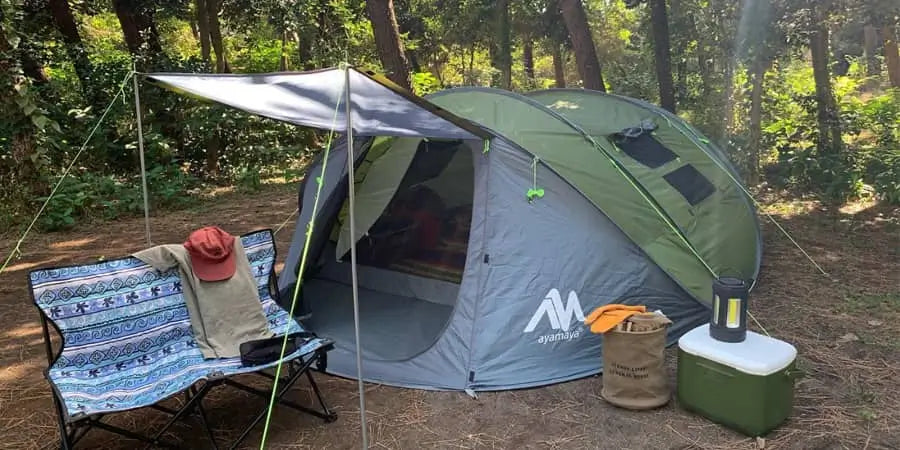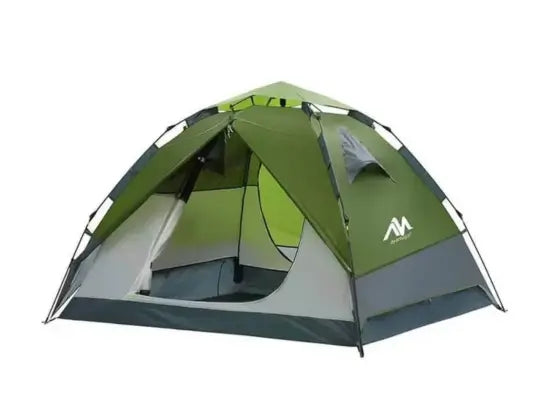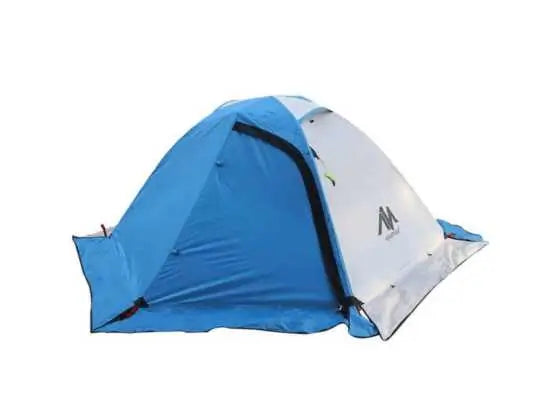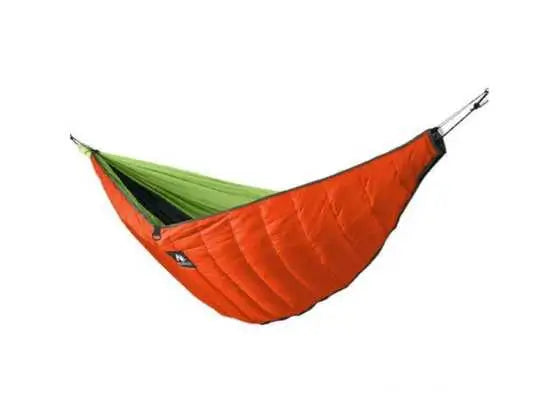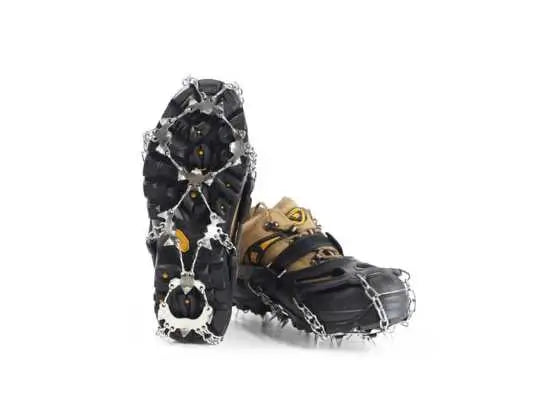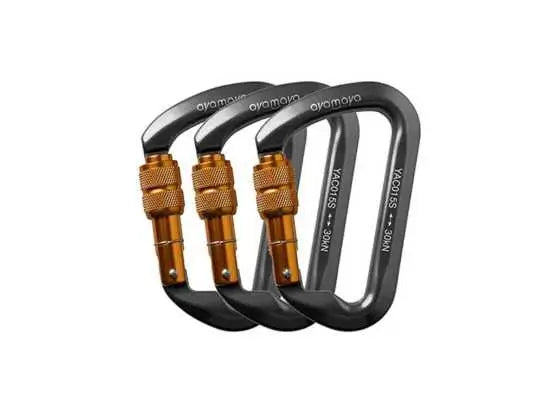The Hammock camping is becoming famous, and many campers are now embracing it. There is a reason for its growing attractiveness. Could it be the adventure of hanging under the stars or the experience of staying in your backyard overnight?
One obvious fact about sleeping in a Hammock is that you get to hang out the whole night while watching the stars, listening to insects crawling and the critters of non-flying insects. The article will not focus on experiences when sleeping in a hammock, but rather the tips for a better sleeping experience in a hammock.
Hang Your Hammock with a Good Sag
First, you ought to know that you will be hanging your Hammock, so the first concern should include the nature of your Hammock's support. You will need an excellent sag to hang your Hammock. It is not always about tightening, but you will need a substantial sag to draw it at a 30-degree or more significant angle. Make an effort to maintain a hang of at least 30 degrees.
You're in for a great night's sleep when you combine a proper sag with diagonal sleeping.
Create Extra Support
Your neck, legs, knees, and feet surely need good support and rest after an eventful day. Your Hammock itself will not be sufficient for a good rest. You may occasionally require a little extra support for a comfortable rest. So how can you sleep in a hammock when your knees feel unsupported, and your neck is starting to stiffen? The solution is simple: placing a pillow—or even your daytime clothes—under various body zones. You can experiment to discover the ideal tension for the natural hammock fabric and cuddling.
Use a Bug Net
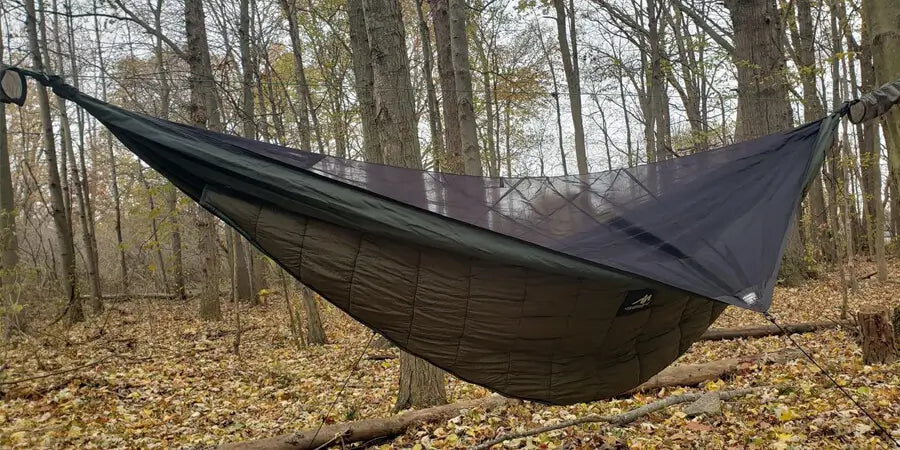
Outdoors in a hammock is fun and a wonderful experience, but you will not have peace once the bugs get into your place. Remember, you are in an open position and will have plenty of biting insects. While it is advisable to have a breathable Hammock, it will be best when you have reasonable arrangements because you will hate it when insects start getting in. The solution is to get a good Bug Net.
Bug nets are always light, and you don't expect them to add weight to your luggage, so there is no point in leaving them. You will sleep peacefully in a hammock when you are in humid and buggy areas.
Sleep in Your Hammock on a Diagonal
The posture that you sleep in will determine the comfort and rest that you will have. The Hammock is often bent, and you should be conversant with some tips that align it in a diagonal position. Most campers attempt to flop into it while pointing one anchor's head and the other anchor's feet. Although some people don't mind sleeping in this posture, most hammock fans find it a little too bent. Slide in on the diagonal to more comfortably sleep in a hammock. Your "bed" surface becomes less curved and flatters as a result. It will also prevent you from feeling like you're in a too-tight cocoon.
Try a Sleeping Pad
A sleeping pad is also an option when camping outdoors in your Hammock. Many campers believe that the sleeping pad is only suitable for a tent, but you must never throw it away when you are done camping because it serves a great deal when you are doing your hammock camping. It would be best if you had some insulations during your chilly evenings; a sleeping pad can provide that.
Hang your Hammock with the sleeping bag inside, then lie down. Raise the Hammock a few inches at the foot base if you slip to the middle and get all tucked up in the sleeping pad. Then squirm back inside to find all the comfort you require.
Make a Drip Line
A drip line is just a length of rope that has been knotted and is placed six to eight inches away from the tree or other source used to anchor the tarp. A drip line is essential when setting up a Hammock because you do not want raindrops to get into your Hammock when it starts raining. If you don't set up a drip line on your tarp, it can be challenging to sleep in a hammock when it's raining.
Water will immediately switch to running down the drip line when it begins to roll toward the tarp along the attachment lines. It prevents raindrops from entering the tarp and waking you up.
Raise your foot
When staying in the Hammock, it may be pretty challenging to have the comfort you always get when you are in bed. You may try hanging the foot side of the Hammock about 10 inches higher to prevent your body from sinking to the middle.
Use a knee pillow
Use a knee pillow to ease the higher extension of your knees that results from lying diagonally. Not everyone is a fan of a knee pillow, but because the Hammock will not always be comfortable due to bends, one may consider a knee pillow. Use a small pad or additional clothing.
Hammock safety
When using the Hammock, you should consider your safety first. Consider the following hammock safety tips.
- It would be best if you had a bug net to get rid of Bugs.
- Ensure that you are setting up the Hammock in a clear space where cows, animals, or even humans are passing.
- Ensure that your Hammock is not more than 3 feet from the ground.
- A rainfly and tarp will protect you from rain and wind.
- It will be wise to set up your Hammock far from water sources
What experience should you expect in a hammock?
It is not a bad thing to sleep in a hammock always. You only need to have the correct gears for a comfortable experience. It's easy to get the rest you need when camping if you know how to rig up a portable hammock and hang in it safely and comfortably.







